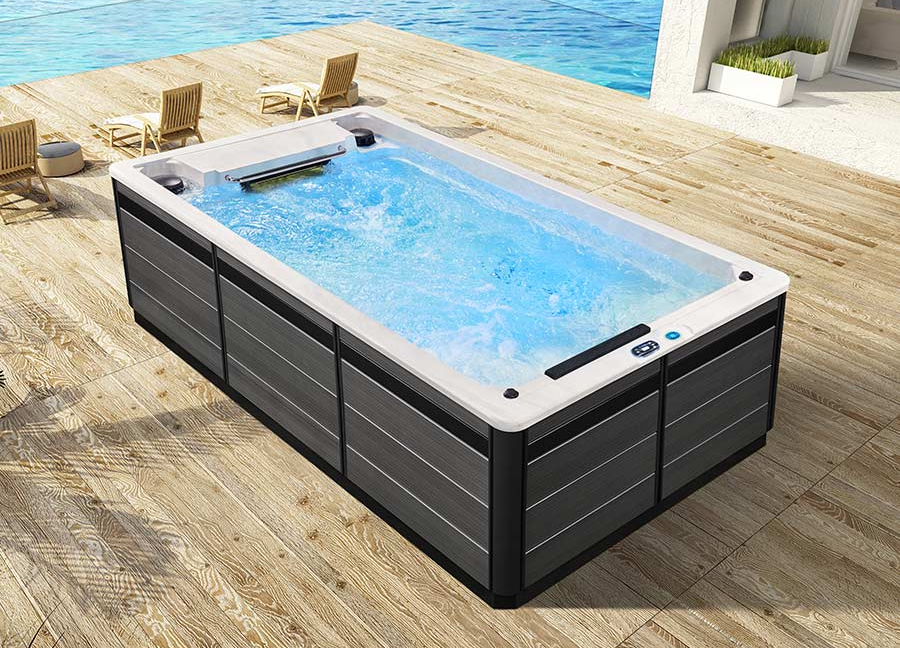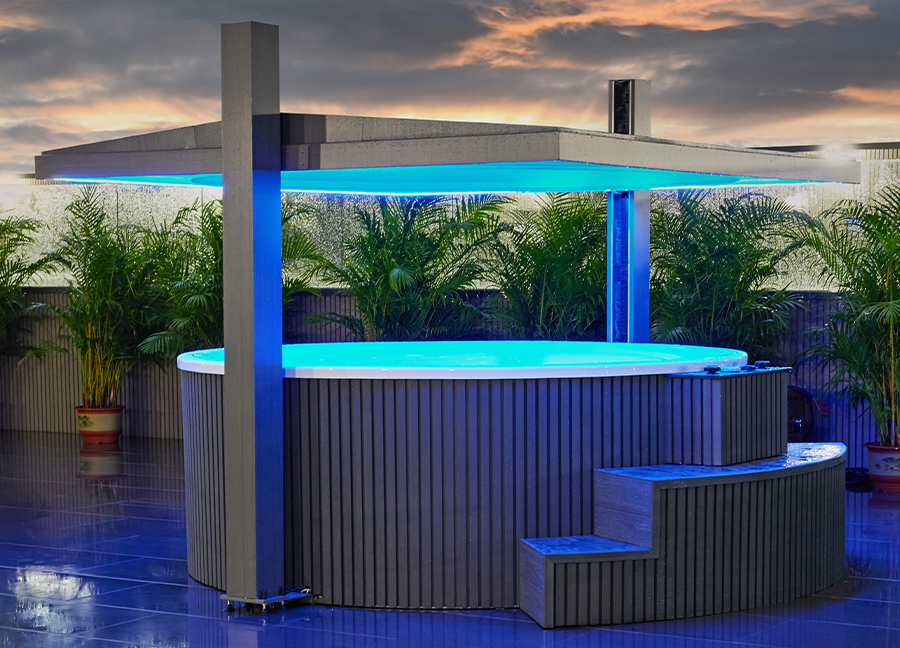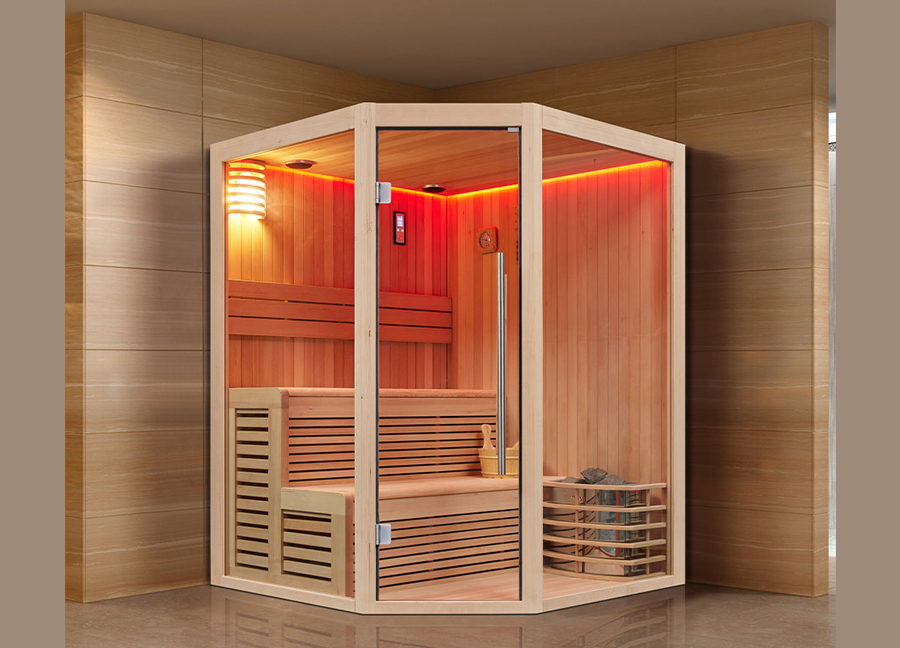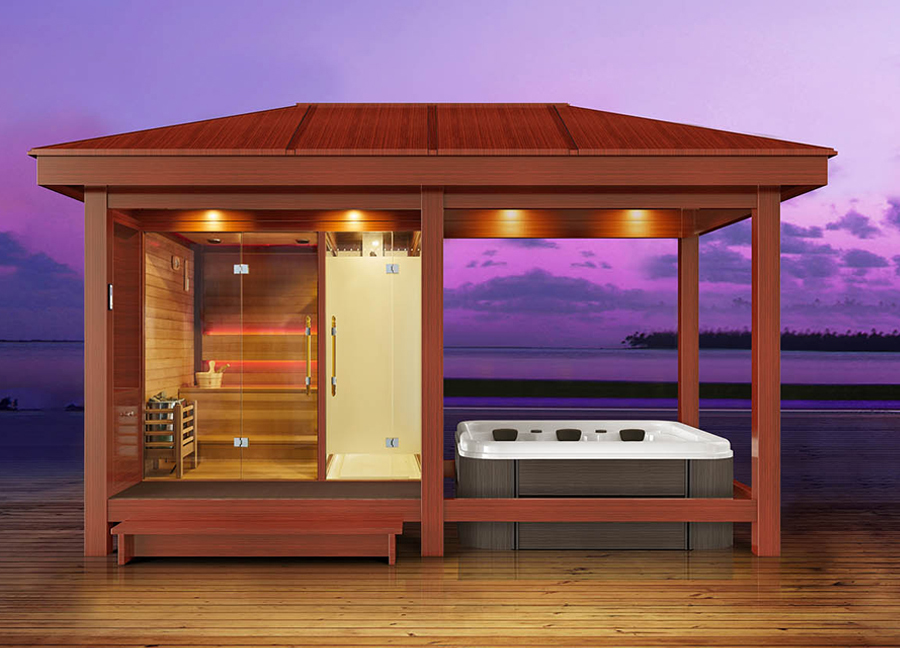With the increasing emphasis on quality of life and well-being, the term "outdoor sauna room" has become a popular keyword in many private homes, villas, vacation homes, and even garden spaces. Saunas, which soothe the body through steam or dry heat, are undoubtedly a healthy and effective way to maintain wellness. Compared to traditional indoor saunas, outdoor saunas are increasingly gaining widespread acceptance and adoption due to their integration with natural landscapes and greater spatial independence.
However, when designing and building outdoor saunas, an often-overlooked yet crucial question arises: "Do outdoor sauna rooms need ventilation?" Many users and designers have a fragmented understanding of this issue, even mistakenly assuming that since outdoor spaces naturally circulate air, ventilation systems are unnecessary.
This article will comprehensively and in-depth address this question, focusing on the operating principles of sauna rooms, the role of ventilation systems, the consequences of poor ventilation, and vent design specifications, providing clear and professional reference for those interested.
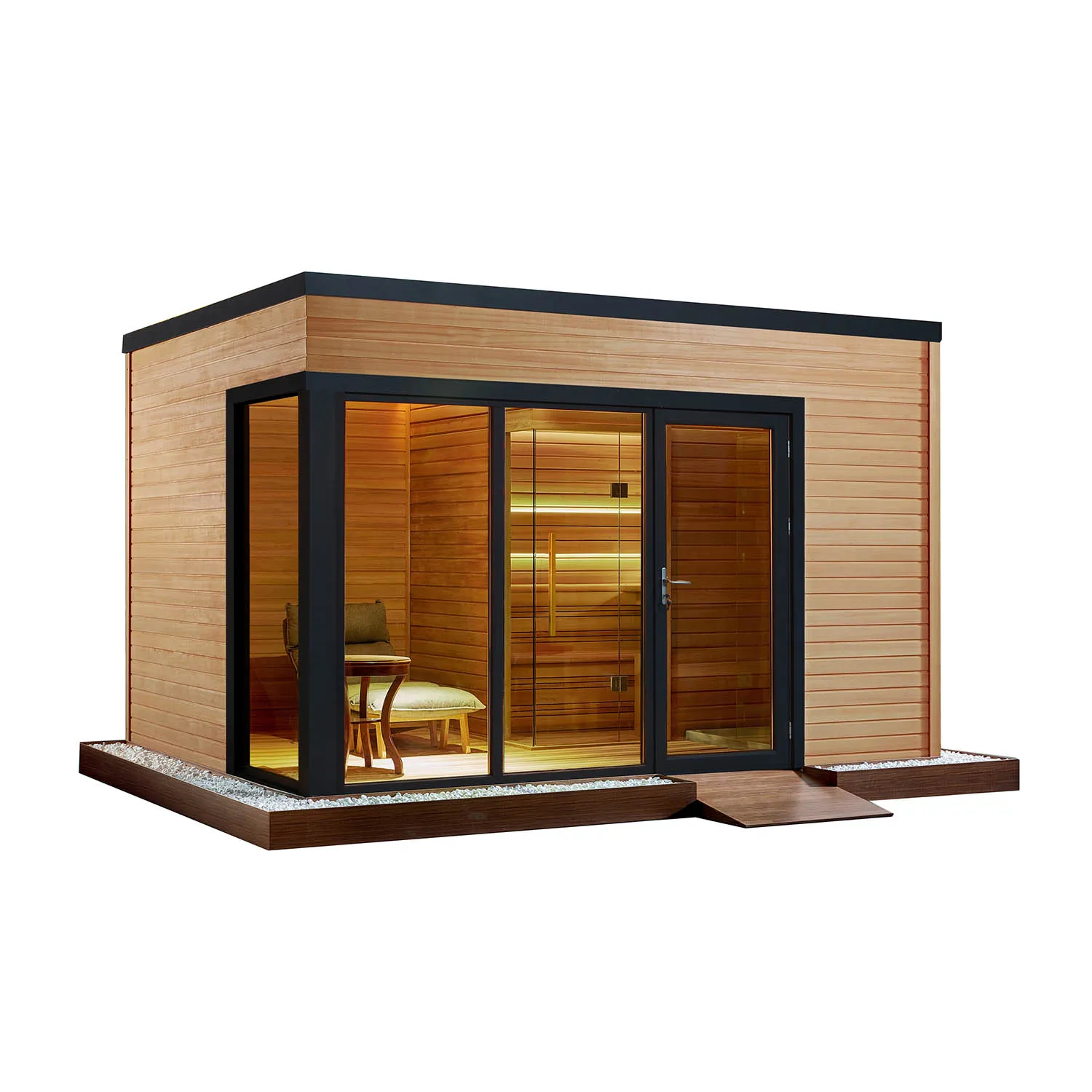
How do outdoor sauna rooms operate?
Whether it's a dry sauna (using an electric heater to heat the rocks) or a wet sauna (using a steam generator to create a humid and hot environment), their core purpose is to stimulate perspiration, increase blood circulation, and relieve stress through temperature and humidity fluctuations within an enclosed space.
Their operating environment has the following characteristics:
· High temperature: typically between 70°C and 100°C (dry sauna) or 40°C and 60°C (wet sauna);
· Airtightness: Maintaining stable heat and humidity, limiting heat exchange with outside air;
· Prolonged use: Users typically use the sauna continuously for 15 minutes to an hour;
· High respiratory activity: High temperatures increase the strain on the respiratory system, requiring a greater oxygen supply.
These characteristics indicate that while the "outdoors" provide some external air, the sauna room itself, as a closed structure, still requires a ventilation system to ensure safety, comfort, and efficiency.
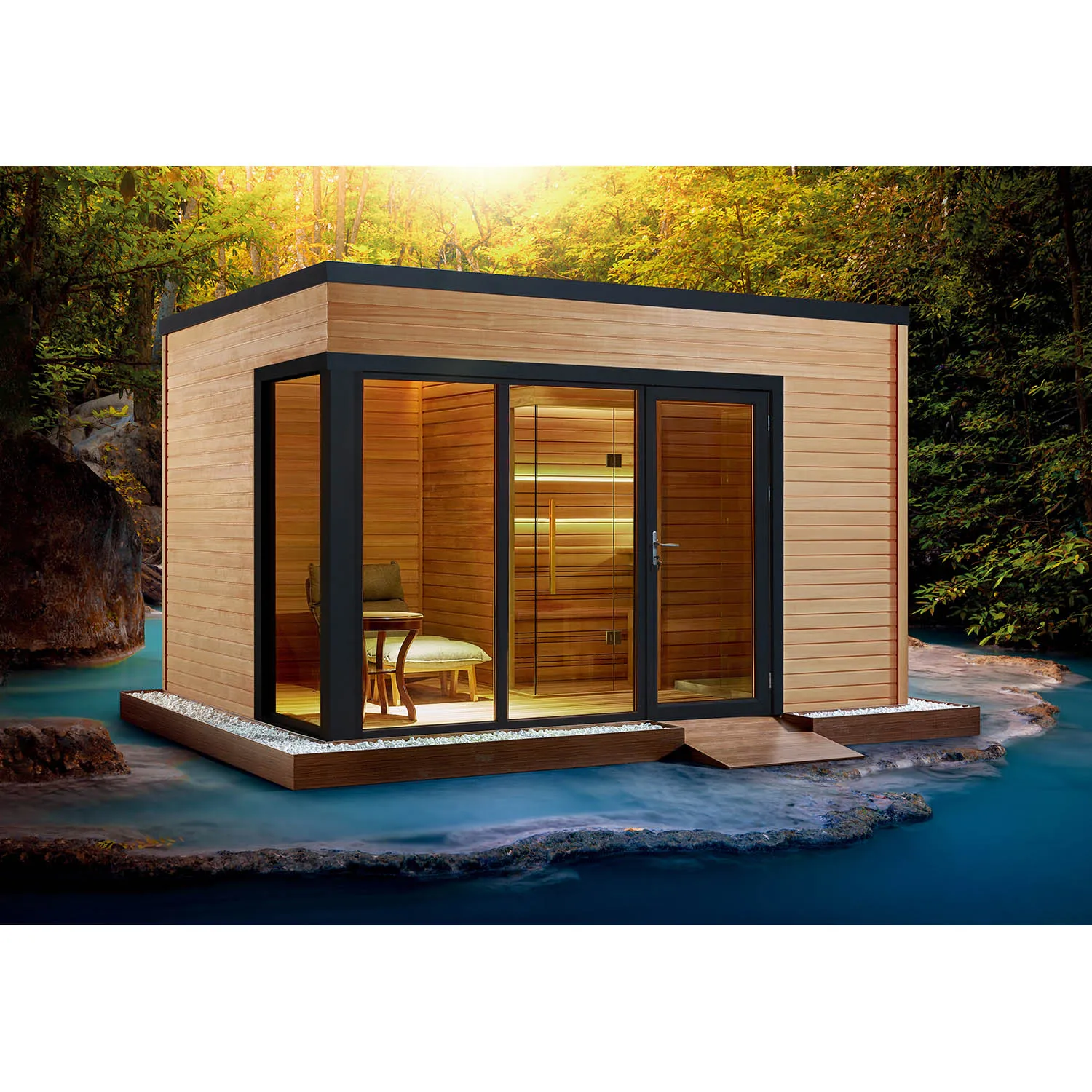
Do outdoor saunas need ventilation?
—The answer is: Absolutely!
The answer to the question, "Do outdoor saunas need ventilation?" is a resounding "yes" from multiple perspectives: technical, safety, health, and comfort. Ventilation isn't optional; it's an essential, core component of outdoor sauna room design.
The following details the necessity of ventilation in an outdoor sauna room.
What are the functions of ventilation in an outdoor sauna room?
1. Ensure oxygen supply and respiratory safety
In a sauna environment, high temperatures increase heart rate and respiratory rate, requiring the body to absorb more oxygen to maintain internal balance. This is especially true when multiple people are using the sauna simultaneously, as the oxygen content in the air decreases rapidly.
Without ventilation, the enclosed space can cause:
· Oxygen deficiency, leading to dizziness, chest tightness, and even fainting;
· Increased exhaled carbon dioxide concentration, increasing respiratory stress;
· Bacteria can breed in unhygienic corners.
Ventilation allows for fresh air intake and exhaust, effectively maintaining a healthy respiratory system.
2. Balanced heat distribution, preventing overheating and hot spots
Hot air is distributed through convection in the sauna room, distributed to the top and center areas. If air cannot flow freely, heat will accumulate in the upper part of the room, causing:
· Overheating in the upper part and insufficient warmth in the lower part;
· Burning heat in the user's head and a cold lower body;
· Reduced efficiency of the sauna heater due to trapped hot air.
Appropriately arranging air inlets and outlets creates stable air convection, promoting even distribution of heated air and enhancing user comfort.
3. Remove moisture and reduce the risk of mold growth
Particularly in outdoor sauna rooms with steamy or humid environments, moisture easily condenses on wood, cracks, and equipment surfaces. Poor ventilation can easily create damp corners, breeding grounds for mold and bacteria.
Ventilations help:
· Accelerate moisture dissipation;
· Keep the air inside dry;
· Extend the life of the equipment and prevent wood rot.
4. Extend the life of the sauna heater and electrical equipment
The heating system, wiring, water pump, and other equipment in the sauna room all have thermal stability requirements. Excessive heat and moisture accumulation can accelerate equipment aging, causing short circuits, burnout, and other failures. Ventilation can regulate the equipment's operating environment, effectively slowing the aging process and improving safety and stability.
5. Enhance User Experience and Environmental Pleasantness
Good air circulation not only improves physiological safety but also brings psychological comfort and relaxation. A gentle flow of fresh air helps alleviate feelings of stuffiness and oppression, creating a peaceful and pleasant bathing atmosphere.
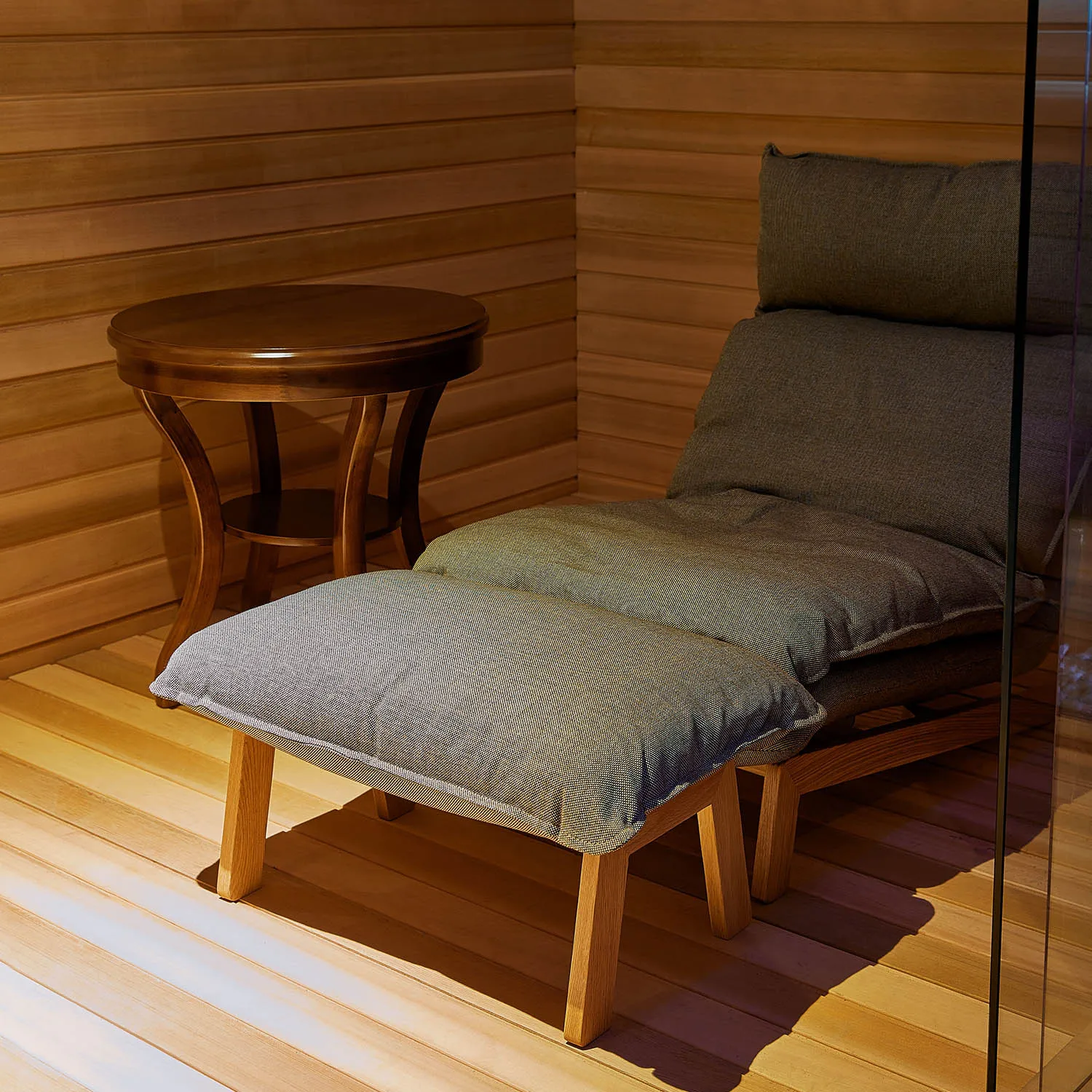
What problems might arise if an outdoor sauna room lacks ventilation?
If an outdoor sauna room lacks a proper ventilation system, the following problems may occur:
Problem Types | Specific symptoms |
| 1. Health Issues | Dizziness, chest tightness, difficulty breathing, skin irritation, and even fainting due to lack of oxygen. |
| 2. Equipment Wear and Tear | Furnace temperature control failure, electrical short circuits, water pump rot |
| 3. Mold Growth | Dark spots on wood, odor odors, and bacterial accumulation |
| 4. Uneven Temperature Distribution | Scorching heat on the upper floors and a cool feeling on the lower floors severely impact the user experience |
| 5. High Energy Consumption | Hot air accumulates, requiring the equipment to run for extended periods to reach the set temperature |
The above problems not only affect the user experience but also pose health and property risks. The lack of ventilation will seriously undermine the core functionality and safety attributes of an outdoor sauna room.
How should ventilation be strategically located in an outdoor sauna room?
Once you understand the importance of ventilation, proper design becomes crucial. The following are key parameters and recommendations for ventilation system design:
1. Vent Location and Layout
· Air Inlet (Fresh Air Inlet): Recommended location near the sauna heater, close to the floor, to draw in fresh, cool air and create upward convection.
· Exhaust Vent (Exhaust Vent): Located diagonally above or near the ceiling, this facilitates the escape of hot air and moisture.
The air inlet and exhaust create an air circulation path for effective ventilation.
2. Vent Size Recommendations
Determine vent size based on the size of the sauna room:
· Small rooms (2-4 people): Air inlet and exhaust vents ≥ 10cm x 10cm each;
· Medium rooms (4-6 people): Recommended size ≥ 15cm x 15cm;
· Large or commercial rooms: A mechanical fan or auxiliary ventilation system should be installed.
Note: Too small an opening will result in insufficient ventilation, while too large will result in significant heat loss. Customization is required under professional guidance.
3. Is a fan necessary?
Natural ventilation is suitable for small outdoor sauna rooms, but a fan-assisted system is recommended in the following scenarios:
· The sauna room is frequently used (e.g., multiple times daily);
· The location is humid (e.g., coastal areas or rainforests);
· Users require a high level of air flow;
· The room is large or complex in structure.
The fan can be controlled by a heat sensor, linked to the temperature control system, to automatically adjust the exhaust intensity and optimize energy use.
4. Treat the vents with insect- and moisture-proof materials
Since the sauna room is located outdoors, it needs to be protected from insects, rodents, rain, and other intrusions. Recommendations:
· Install stainless steel mesh insect screens on the vents;
· Install blinds or windproof caps on the exterior walls;
· Cover the duct connections with corrosion-resistant and heat-resistant materials.
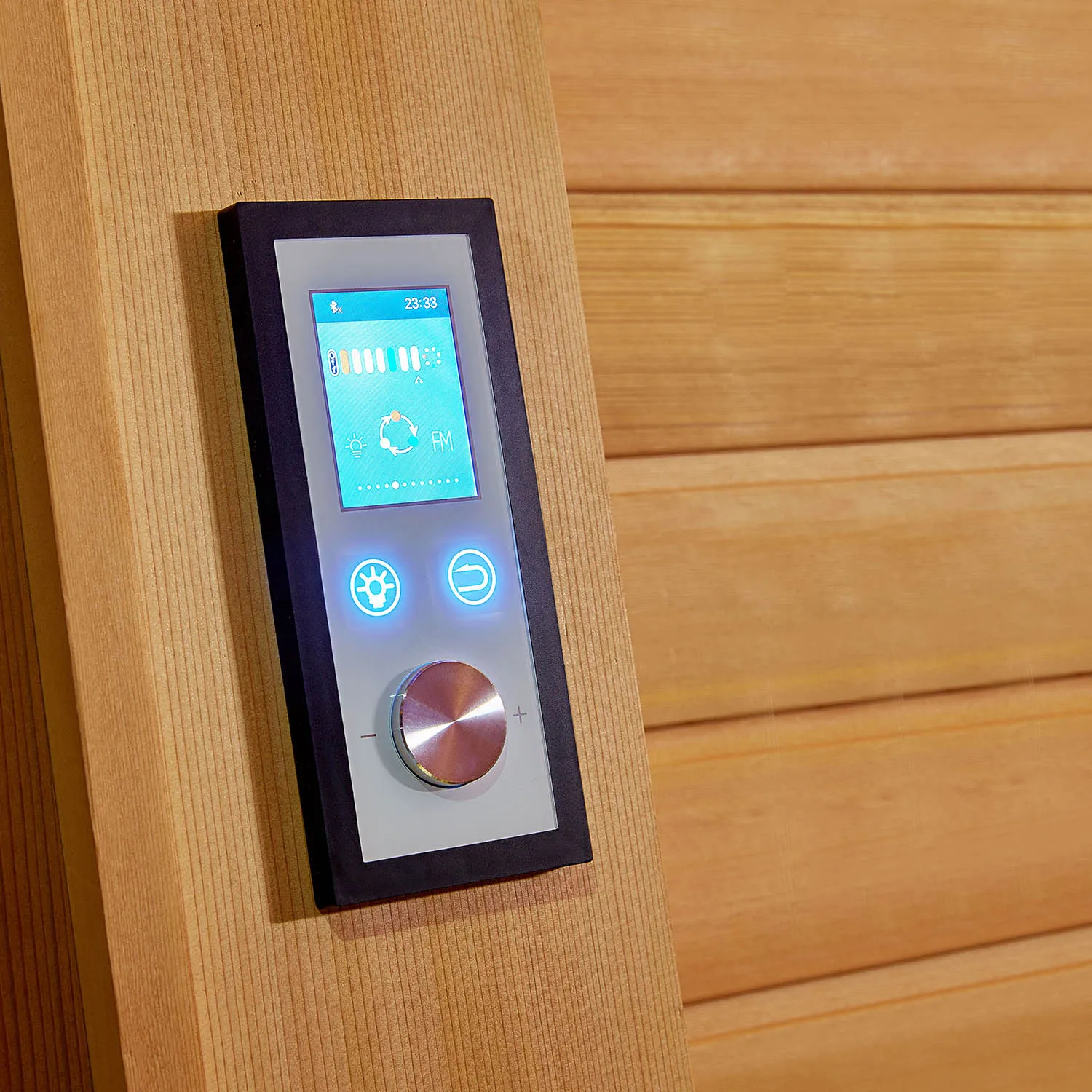
FAQs and Professional Advice
Q1: Are vents really necessary if outdoor air circulates naturally?
Even if outdoor air is highly mobile, the sauna room is a relatively enclosed space. External ventilation does not automatically replace the air inside. The purpose of vents is to organize and control internal airflow, providing systematic ventilation rather than relying on natural wind.
Q2: Will installing vents cause heat loss?
As long as the vents are properly positioned—not continuously open but rather creating regular, controlled convection—they won't cause significant heat loss. Instead, they can improve heating efficiency and comfort.
Q3: How can I tell if the ventilation is adequate?
You can use the following indicators to determine if the ventilation is adequate:
· No dizziness or chest tightness during use;
· No musty or damp odor in the sauna room;
· Stable heating speed and even heat distribution;
· A slight warm airflow can be felt near the exhaust vents.
If any abnormalities are detected, check the air inlet and outlet ducts for blockage and ensure they are appropriately sized.
Can I Customize Color, Shape, or Accessories for My Orders?
Absolutely. We offer full customization options for outdoor spa, sauna room, or steam bathroom units. From jet layout and LED lighting to wood finishes and control panels, we support tailored requests for both residential and commercial use.
For example, our massage bathtubs can be built with digital controls or whirlpool functions depending on your market. This flexibility makes us a top China manufacturer for brands seeking to stand out.

